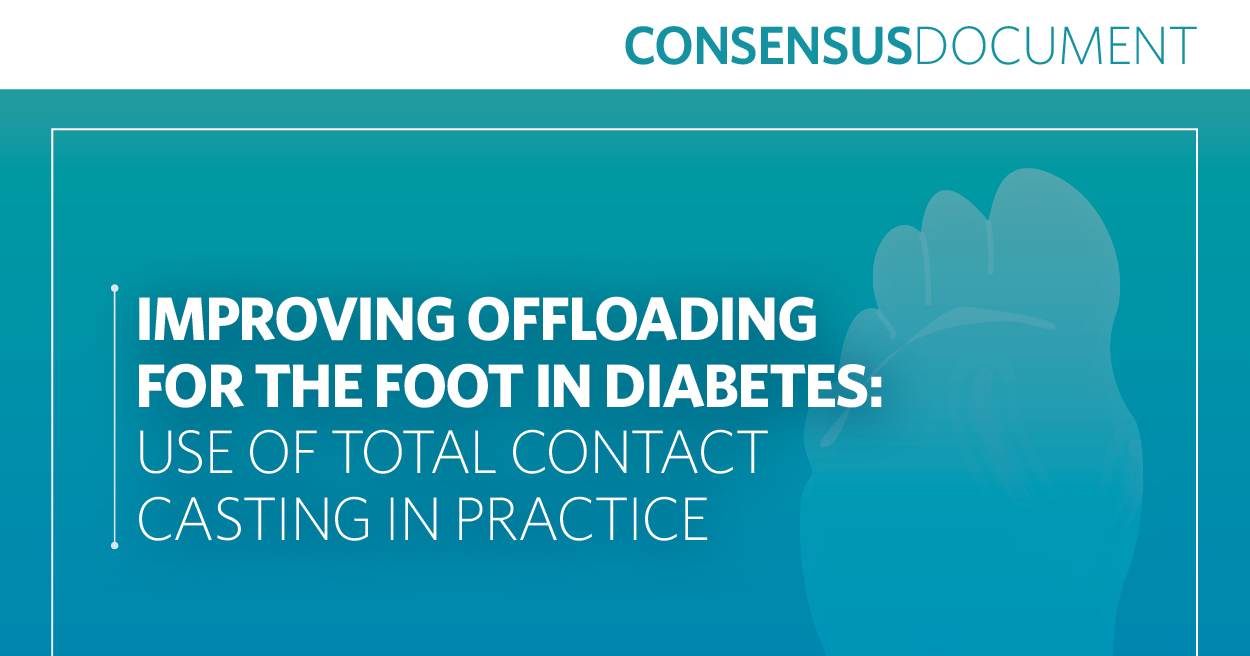Welcome to the new decade and, as many of you will have noticed, new additions to the Editorial Board of The Diabetic Foot Journal (page 47). We aim to continue to strengthen the Board by reviewing its membership regularly and to ensure that those who are active supporters and innovators in diabetic foot care are included. I trust you feel that the new members reflect this as we do.
My Co-Editor, Alistair McInnes, presented his vision for the future of diabetic foot care in the last issue of the journal (McInnes, 2009). Here, I would like to present mine.
Ultimately, diabetic foot care has to be available to those who need it most. For me, that means those with active foot disease or those who have had a previous ulcer or other foot pathology, such as Charcot. However, as well as providing the services that these people require, we also have a duty to provide the healthcare professionals to deliver those services.
For a long time an MSc or equivalent has been the route to promotion and professional advancement. These courses are generally very theoretical and have little practical clinical skills training associated with them. They are also expensive, requiring a considerable investment of time, as well as money.
People attending foot care services require treatments that encompass a range of clinical skills and the ability of clinicians to demonstrate competency will increasingly be based on these skill sets, and not merely theoretical knowledge. Educational events will, therefore, need to provide more than just didactic learning. Attendee involvement with direct interaction and follow-up material should be the norm.
By the time you read this, the first major consultation day for the first draft of the Diabetes Foot Care Competency Framework will have taken place (see the meeting report on page 46). This competency framework has been long in its gestation and will be revised further before being launched – hopefully later this year (more information will be available at the up-coming The Diabetic Foot Journal conferences, or you can read the document at tinyurl.com/ydtvnuk).
The Diabetes Foot Care Competency Framework is a practical document written by clinicians for clinicians in the first instance, but has applications for service planners and possibly even workforce planners. It takes the concepts of long-term conditions planning for diabetic foot services and relates them directly to the skill sets required to provide supported self-care and screening, all the way up to the most complex cases of diabetic foot disease. It has a theoretical core, but also a set of skills and behaviours that will need to be acquired and maintained through practical experience, and possibly through rotational training or secondments.
The Diabetic Foot Journal has a long history of supporting such initiatives. It provides the secretariat for FDUK, and has promoted education and training through its pages, website and conferences. The 10 years of The Diabetic Foot Journal conferences have innovated and others have followed. We have used videos as far back as 1998 when the technology was a bit creaky compared with today. We were the first to provide IRMER (Ionising Radiation Medical Exposure Regulations) training at a general foot conference to allow the attendees to progress to becoming radiology requestors. We have linked conference content to continuing professional development (CPD) certificates over the past couple of years, and made conference content available to attendees to review at home.
This year, The Diabetic Foot Journal conferences will be shorter (1 day) because, as the NHS gets busier, more people can only take a day at a time for CPD. However, the event will be filled with interactivity and should stimulate as well as educate on a range of practical topics with direct bearing on clinical care. This will be followed by online education modules to reinforce lessons learnt and allow reflection, providing truly proper education and value for the time spent.
This is how I see the direction of diabetic foot care, and I anticipate that the journal (with us for over 12 years) – and its conferences – will continue to support the development of diabetic foot care and its practitioners in the future.





